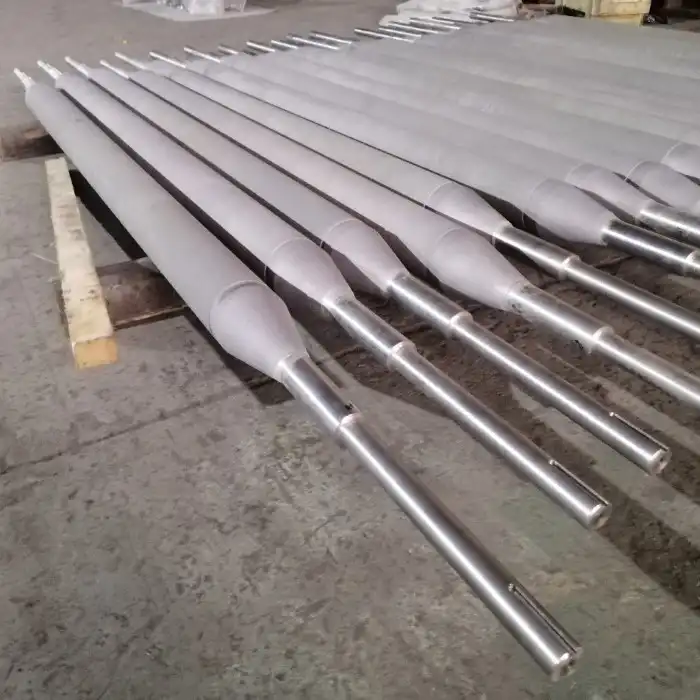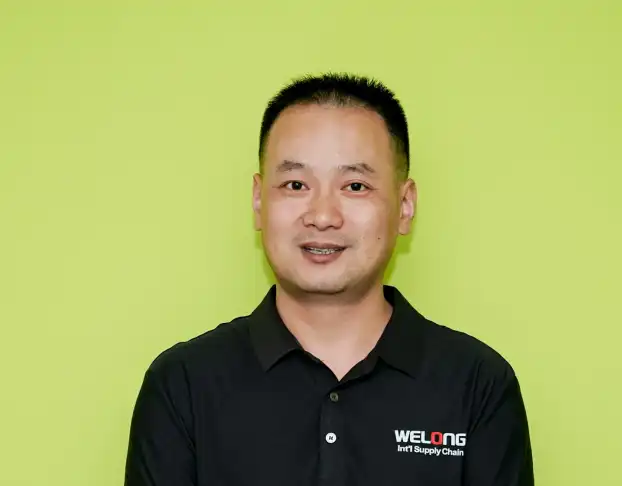Material Selection and Composition for Thermal Expansion Management
High-Temperature Alloys
The selection of high-temperature alloys is essential for the design and manufacturing of furnace rolls due to their direct impact on performance, durability, and reliability in extreme thermal environments. Furnace rolls are subjected to intense heat during industrial processes such as steel rolling, glass manufacturing, and ceramics production, where temperatures can exceed 1000°C (1832°F). The materials used must be capable of maintaining mechanical strength and dimensional stability under such conditions. Common alloys employed for furnace rolls include heat-resistant stainless steels, nickel-based superalloys, and specialized iron-chromium-aluminum alloys.
Heat-resistant stainless steels are widely used because of their excellent oxidation resistance and mechanical properties at high temperatures. These alloys are often austenitic stainless steels, which contain high amounts of chromium and nickel, offering resistance to oxidation and corrosion in high-temperature environments. These alloys are effective in maintaining strength and preventing damage caused by thermal expansion. Additionally, they exhibit a good balance between high-temperature strength and toughness, which is crucial for furnace rolls subjected to thermal cycling and mechanical stresses.
Coefficient of Thermal Expansion (CTE)
The coefficient of thermal expansion (CTE) is a key material property that determines how much a material expands or contracts with changes in temperature. For furnace rolls, selecting materials with an appropriate CTE is crucial in order to prevent operational issues caused by excessive dimensional changes. Materials with low CTEs are preferred because they experience less change in volume or size when exposed to temperature fluctuations. This ensures that the rolls maintain their shape and functionality even under extreme thermal conditions.
Furnace rolls are often subjected to rapid temperature changes, as they move in and out of heated areas within the furnace. If the material of the roll has a high CTE, it will expand significantly during heating, leading to potential warping, cracking, or other forms of mechanical failure. On the other hand, materials with a low CTE exhibit less dimensional change, making them more resistant to these stresses and improving their overall longevity. As a result, materials that possess low CTEs are favored for use in furnace rolls, as they help maintain precise alignment and prevent undue wear and tear.
Composite Materials
Advanced composite materials are increasingly being employed in furnace roll construction. These materials can be tailored to have specific thermal expansion properties, often combining metals with ceramics or other heat-resistant compounds. Such composites can offer superior thermal management capabilities compared to traditional monolithic materials.
Structural Design Considerations for Thermal Expansion
Expansion Joints and Flexible Couplings
Furnace rolls often incorporate expansion joints or flexible couplings in their design. These components allow for controlled movement and deformation as the roll expands and contracts with temperature changes. By accommodating this movement, the overall stress on the roll is reduced, preventing warping or cracking.
Segmented Construction
Some furnace rolls utilize a segmented construction approach. This design divides the roll into multiple sections with small gaps between them. As the roll heats up, these gaps allow for thermal expansion without causing significant dimensional changes to the overall roll structure.
Internal Void Spaces
Strategic incorporation of internal void spaces within the roll body can provide room for thermal expansion. These carefully designed cavities allow the material to expand inward, reducing the outward dimensional changes that could affect the roll's performance or interfere with other components in the furnace system.
Thermal Management Systems for Expansion Control
Internal Cooling Channels
Many furnace rolls are equipped with intricate internal cooling systems. These typically consist of channels or passages through which coolant (often water or specialized thermal fluids) circulates. By maintaining a controlled internal temperature, these systems help regulate thermal expansion and prevent excessive heat buildup in critical areas of the roll.
Thermal Barriers and Coatings
Advanced thermal barrier coatings are applied to the exterior of furnace rolls to manage heat transfer and thermal expansion. These coatings, often ceramic-based, can significantly reduce the temperature gradient across the roll's cross-section, leading to more uniform expansion and improved overall thermal management.
Temperature Monitoring and Control Systems
Sophisticated temperature monitoring and control systems are integral to managing thermal expansion in furnace rolls. These systems use thermocouples or other sensors to continuously monitor roll temperatures, adjusting cooling rates or operational parameters as needed to maintain optimal thermal conditions and minimize expansion-related issues.
In conclusion, the management of thermal expansion in furnace rolls is a complex interplay of material science, structural engineering, and thermal control systems. By carefully selecting materials with appropriate thermal properties, implementing innovative structural designs, and utilizing advanced cooling and monitoring technologies, engineers ensure that furnace rolls can withstand the extreme conditions of high-temperature industrial processes while maintaining their critical functionality. This sophisticated approach to thermal expansion management contributes significantly to the efficiency, reliability, and longevity of furnace rolls in various industrial applications. For more information about furnace rolls and their thermal management capabilities, please contact us at info@welongpost.com.




